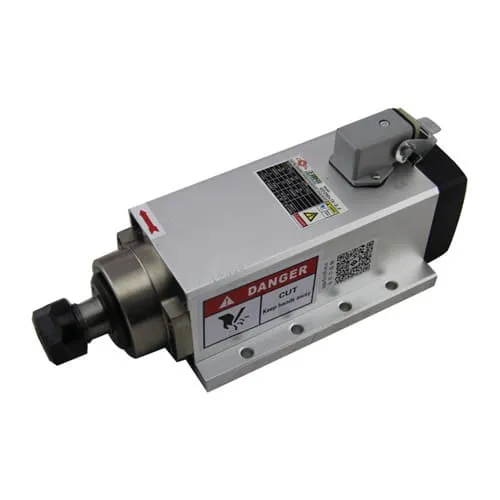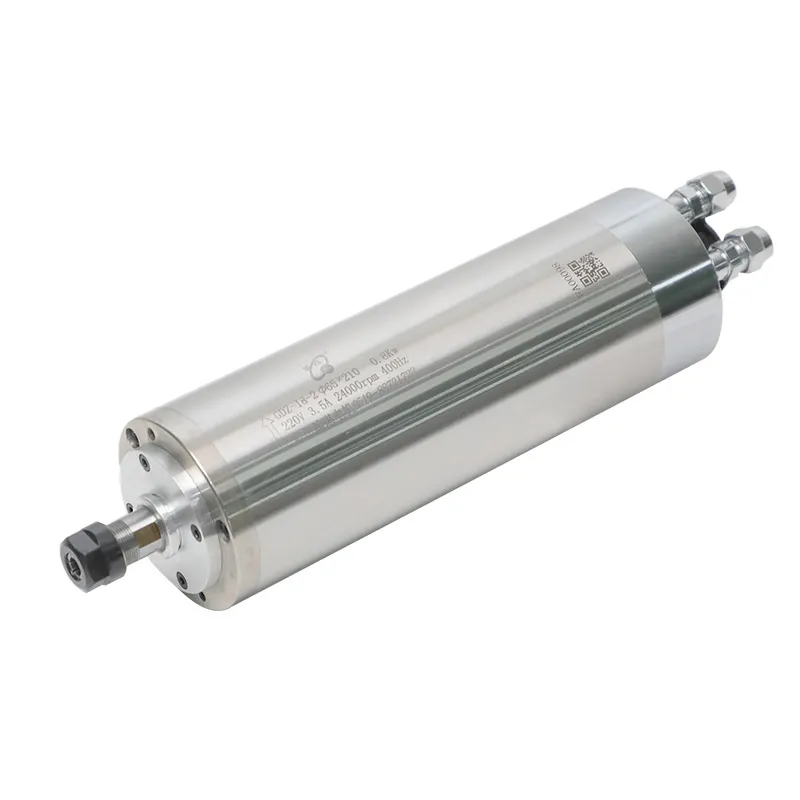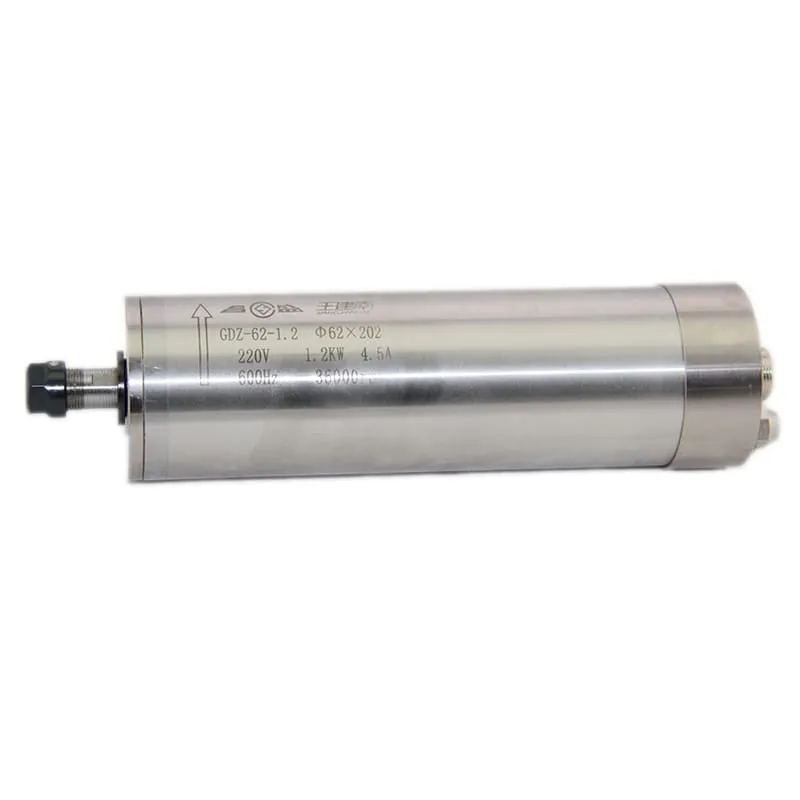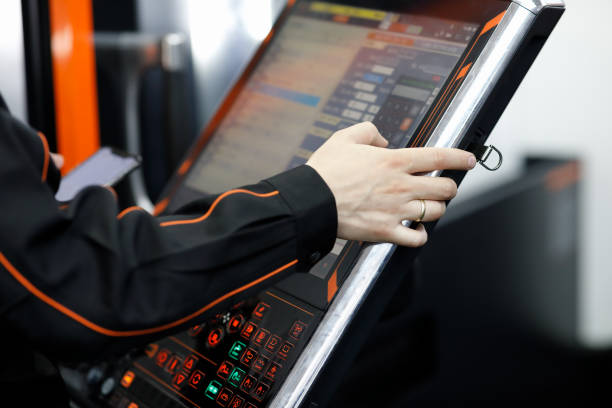In the world of manufacturing, efficient and precise machinery is at the core of any production line. One such integral component of modern manufacturing is the CNC mill, particularly those from Haas Automation. Understanding how to program these CNC mills can significantly enhance productivity, reduce errors, and ensure high-quality output. So, how do you effectively program a Haas CNC mill? This guide will provide you with comprehensive insights into Haas CNC mill programming, from the fundamentals to advanced techniques, equipping you to make the most out of your CNC investment. Let’s dive in!
Introduction to Haas CNC Programming
Haas CNC mills are renowned for their versatility, reliability, and precision, making them ideal for machining complex parts. The core principle behind CNC programming is Computer Numerical Control (CNC), where a computer is used to control machine tools. Programming a Haas CNC mill involves writing a set of instructions, usually in G-code, that tells the machine how to move, how fast to move, and what path to follow. These instructions can also include parameters for cutting, drilling, and milling operations.
Understanding the basics of programming is key to leveraging the potential of CNC machining. Whether you are an experienced machinist or new to CNC programming, learning how to effectively write and manage G-code will help streamline your production processes.
Key Terminologies in CNC Programming
Before diving into the programming steps, it is important to familiarize yourself with some key terminologies used in CNC programming:
- G-code: This is the language used to control CNC machines. It consists of commands that specify machine movements.
- M-code: These are miscellaneous functions that control auxiliary operations, such as turning the spindle on or off.
- Tool Offsets: These parameters compensate for variations in tool length and diameter.
- Work Offsets: These specify the location of the workpiece on the machine’s table, helping in accurate machining.
Importance of G-codes and M-codes
G-codes are essential for instructing the machine about the path it should follow, while M-codes handle auxiliary functions. For instance:
- G00: Rapid positioning.
- G01: Linear interpolation (used for cutting).
- M03: Spindle on, clockwise direction.
- M06: Tool change command.
A basic understanding of these codes will help you program a CNC machine effectively.
Step-by-Step Guide to Programming a Haas CNC Mill
1. Preparing Your CAD Model
Every CNC operation starts with a CAD (Computer-Aided Design) model. This model is a digital representation of the part you want to create. You can use popular CAD software such as SolidWorks, AutoCAD, or Fusion 360 to create the design.
Once you have the CAD model, you move on to CAM (Computer-Aided Manufacturing) software to create the toolpath that the CNC mill will follow. The CAM software converts the CAD model into G-code, which the machine can understand.
2. Understanding Toolpaths
A toolpath is the path followed by the cutting tool to machine the part. It includes the sequence of operations needed to shape the material into the final product.
There are several types of toolpaths, such as:
- Contour Toolpath: Used for cutting the external edges of the part.
- Pocket Toolpath: Used for hollowing out an area inside the material.
- Drilling Toolpath: Used for creating holes.
Each of these toolpaths requires different G-codes to achieve the desired result.
3. Writing the G-code
The G-code is the core of CNC programming. Below is an example of a simple G-code program for milling a rectangular pocket:
In this example:
- G00 is used for rapid movement to a specific coordinate.
- M03 starts the spindle, and M06 selects the required tool.
- G01 commands linear interpolation, which is useful for cutting and shaping materials.
4. Setting Tool and Work Offsets
Offsets are crucial for accurate machining. A tool offset compensates for tool length differences, while a work offset defines the starting position of the workpiece on the machine table.
- Tool Offsets: Use G43 to activate the tool length offset.
- Work Offsets: Common G-codes like G54, G55, etc., are used to set work offsets for different parts on the table.
Optimizing CNC Programs for Efficiency
Tool Selection and Management
Choosing the right tool for the job is critical to both the efficiency and quality of the finished part. End mills, drill bits, and face mills all have their specific uses.
For example, end mills are used for general cutting, while face mills are used to remove material from the surface of the workpiece. Tools are typically stored in a tool changer in the CNC mill, and a code like M06 is used to change tools automatically during the operation.
If you are interested in upgrading your milling capabilities, check out our 2.2KW ER20 Square Air-Cooled Spindle with Flange, ideal for achieving precision and consistency.

Reducing Cycle Time
Reducing the cycle time can make your machining process more efficient. Here are some techniques:
- Optimizing Feed Rates: Increasing feed rates while maintaining acceptable tool wear can significantly reduce cycle times.
- Minimizing Tool Changes: Reducing the number of tool changes by combining operations can help cut down on machining time.
- Using High-Speed Toolpaths: CAM software can optimize toolpaths to make efficient passes, reducing the overall time.
Debugging and Simulation
Running a simulation of your CNC program before actual machining is crucial to avoid costly mistakes. Simulation software such as Fusion 360 or Mastercam can be used to verify that the toolpaths are correct and there are no collisions or tool breakages.
Another important aspect is dry running the program without cutting material. This process ensures all tool changes, offsets, and commands are correct before you engage with actual material.
Advanced Programming Concepts
Subprograms and Macros
To make programming more efficient, you can use subprograms. Subprograms are small segments of code that can be called multiple times within the main program, reducing redundancy.
For example:
Macros allow for dynamic programming, using variables to make the program adaptable for different situations. This is particularly useful in batch production where slight variations in part geometry may exist.
4th and 5th Axis Programming
Most Haas CNC mills support additional axes beyond the standard X, Y, and Z. Programming for 4th and 5th axes adds complexity, but also significantly enhances the capabilities of your machine, allowing for more intricate part geometries.
For example, G93 is used for inverse time feed rates, which are essential for multi-axis movements, and G54.4 can define a dynamic offset for rotational axes.

For advanced 5-axis setups, consider upgrading to the 24000RPM 0.8KW ER11 Water-Cooled Spindle, which offers high precision for complex tasks.
Frequently Asked Questions
1. What is G-code in CNC programming?
G-code is the programming language used to control CNC machines, dictating the movement and actions of the machine’s tool.
2. Can I simulate my CNC programs before machining?
Yes, using simulation software like Fusion 360 or Mastercam can help prevent errors by verifying the toolpaths before the actual operation.
3. What is a tool offset in CNC programming?
A tool offset is a value that compensates for differences in tool length or diameter, ensuring accurate machining.
4. How can I reduce cycle time?
You can reduce cycle time by optimizing feed rates, reducing tool changes, and using high-speed toolpaths.
5. What spindle upgrades are recommended for Haas CNC mills?
A popular upgrade is the 60000RPM 1.2KW ER11 Water-Cooled Spindle, which improves speed and precision for demanding applications.

Conclusion
Programming a Haas CNC mill can be a rewarding process that allows you to unlock the full potential of your machine. From understanding G-code and M-code to utilizing advanced programming techniques like subprograms and multi-axis control, each aspect of programming plays a crucial role in maximizing efficiency and precision. By using modern CAM software, upgrading your spindle, and optimizing your toolpaths, you can streamline your production, reduce errors, and improve part quality.
Ready to get started on your CNC journey? Explore our wide range of CNC spindle motors and accessories to enhance your CNC programming capabilities and take your production to the next level.

